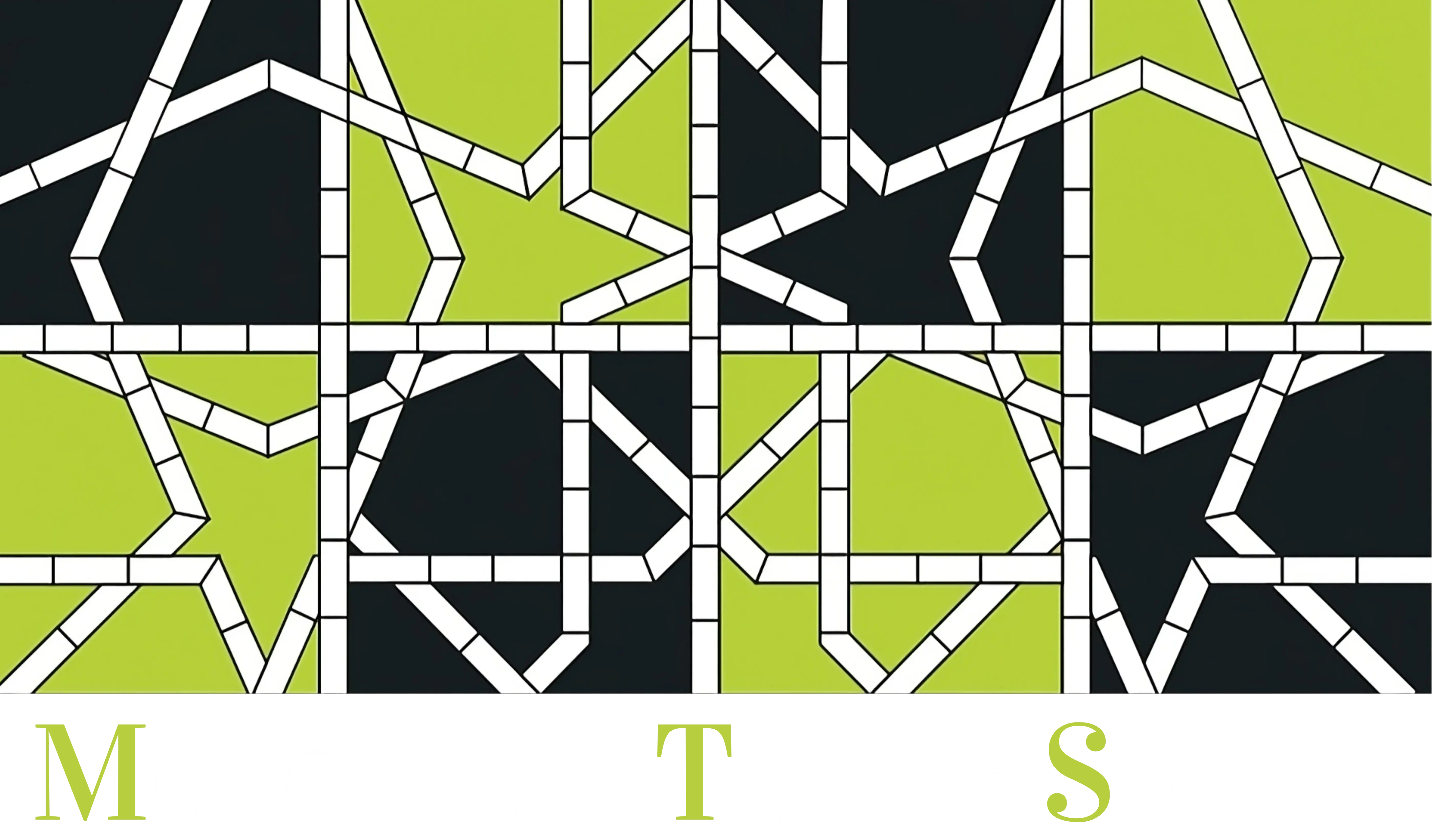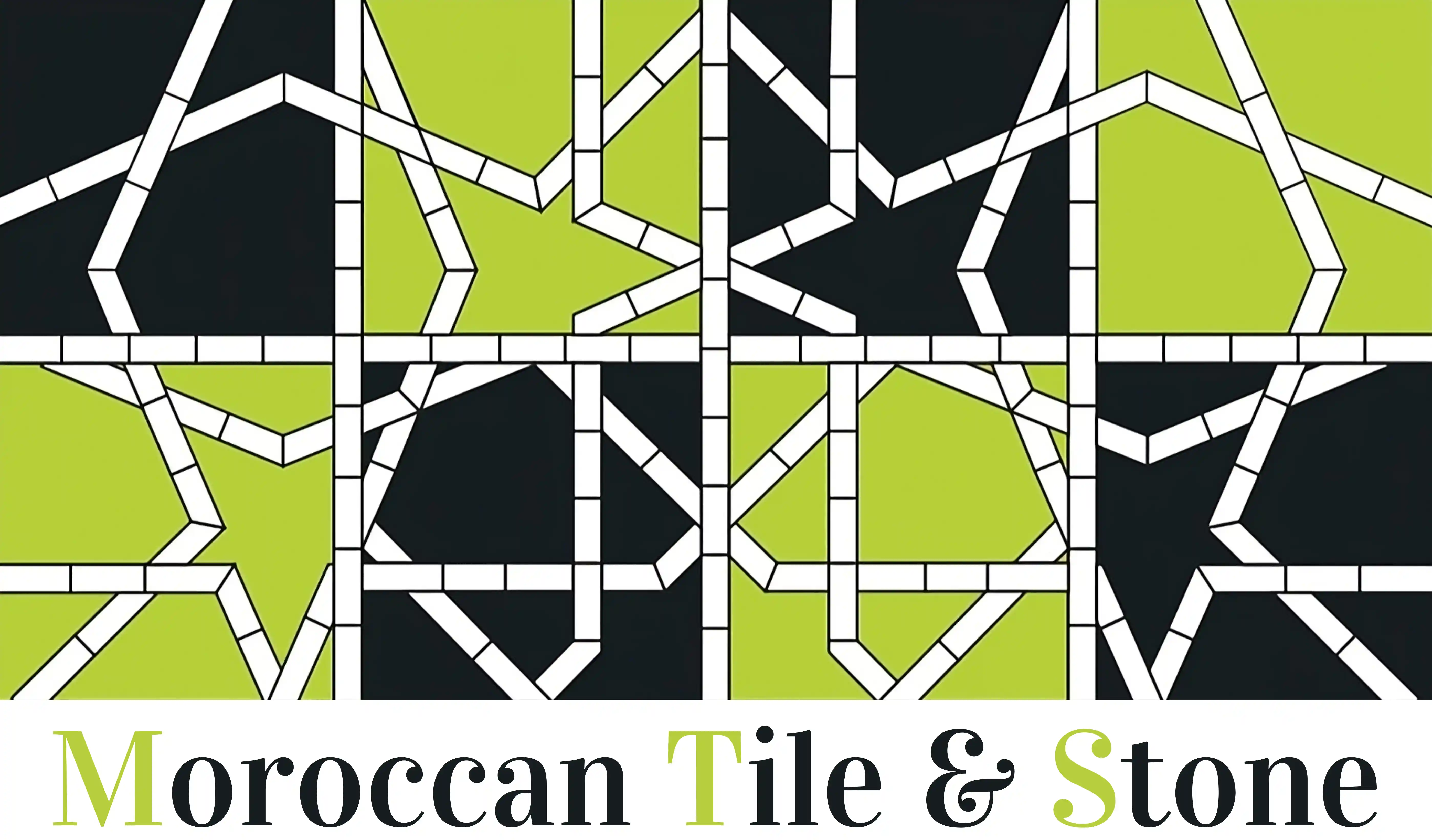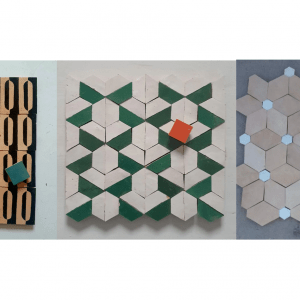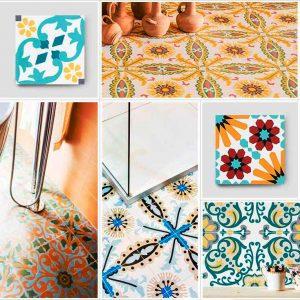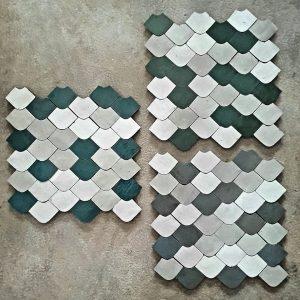A Comprehensive Guide to the Beautiful Art of Moroccan Zellige
Moroccan Zellige artisans have practiced an ancient art form for centuries, using small, glazed terracotta tiles to create intricate patterns and designs. This art form has become an iconic symbol of Moroccan culture and heritage, and they still widely practice it today.
History:
Moroccan Zellige has its roots in the 10th century when the first Islamic dynasties arrived in North Africa. The art form drew heavily on Islamic geometric patterns, which frequently adorned mosques and other religious buildings.
Over time, people began using Moroccan Zellige in secular buildings such as palaces and homes, expanding its reach.. It also evolved to include more elaborate patterns and colors. Today, Moroccan Zellige remains an important aspect of Moroccan art and culture.
Traditional Techniques:
Creating Moroccan Zellige tiles is a time-consuming and highly skilled process. The traditional technique involves the following steps:
Preparing Clay: Preparing the clay mixture is the first step. Artisans source clay from local areas and mix it with water and other materials to create a smooth, workable paste.
Molding Tiles: Artisans then mold the clay paste by hand into small, square tiles. Artisans leave the tiles to dry in the sun for several days.
Glazing: After the tiles dry, artisans dip them into a glaze mixture made from natural materials such as quartz and feldspar. The glaze gives the tiles their characteristic shine and color.
Cutting: Once the glaze dries, artisans cut the tiles into small, irregular shapes using a hammer and chisel. The size and shape of each tile depend on the pattern being created.
Assembling: The final step involves assembling the tiles into intricate patterns and designs, done by hand with a high level of skill and precision.
Modern Applications:
Moroccan Zellige is still widely used in traditional architecture, such as mosques and palaces, as well as in modern applications, including interior and exterior design.
[caption id="attachment_6995" align="alignnone" width="949"] moroccan zellige moroccan tiles[/caption]
moroccan zellige moroccan tiles[/caption]
tile zellige moroccan zeliige
moroccan tile
What is Moroccan Zellige and How Does it Impact Architecture and Design?
Architects and designers have used Moroccan Zellige as a type of tile art for centuries. This unique form of mosaic art involves cutting each tile into intricate shapes and patterns to create stunning designs. Artisans make the tiles from natural clay and then glaze them with bright colors, resulting in eye-catching, vibrant designs. Although this traditional craft has been used in Morocco for hundreds of years, its unique beauty and versatility are gaining popularity worldwide.
Moroccan Zellige can be used to create everything from intricate wall designs to colorful flooring patterns, making it an ideal choice for anyone looking to add a touch of Moroccan culture and style to their home or business space.
What Makes Moroccan Zelliges So Special and Unique?
Home decor enthusiasts often choose Moroccan Zelliges for their intricate patterns and vibrant colors. Artisans craft each tile by hand using terracotta clay, which they glaze with natural pigments to create unique designs.Artisans pass down the art of making Zelliges from generation to generation, and they craft each tile with care and precision to bring out its unique beauty.. Moroccan Zelliges have a distinctive look and texture that add a touch of luxury to any room.
How to Care for Your Zelliges & Maintain Their Beauty Over Time?
If you want to maintain the beauty of your Zelliges, it's crucial to take proper care of them. Zelliges are a unique and beautiful tile that people use to create stunning designs. In this article, we will explore the best ways to care for your Zelliges and keep them looking as beautiful as the day you bought them. We'll cover everything you need to know about preserving their beauty, from cleaning and sealing tips to advice on repairing any damage.
